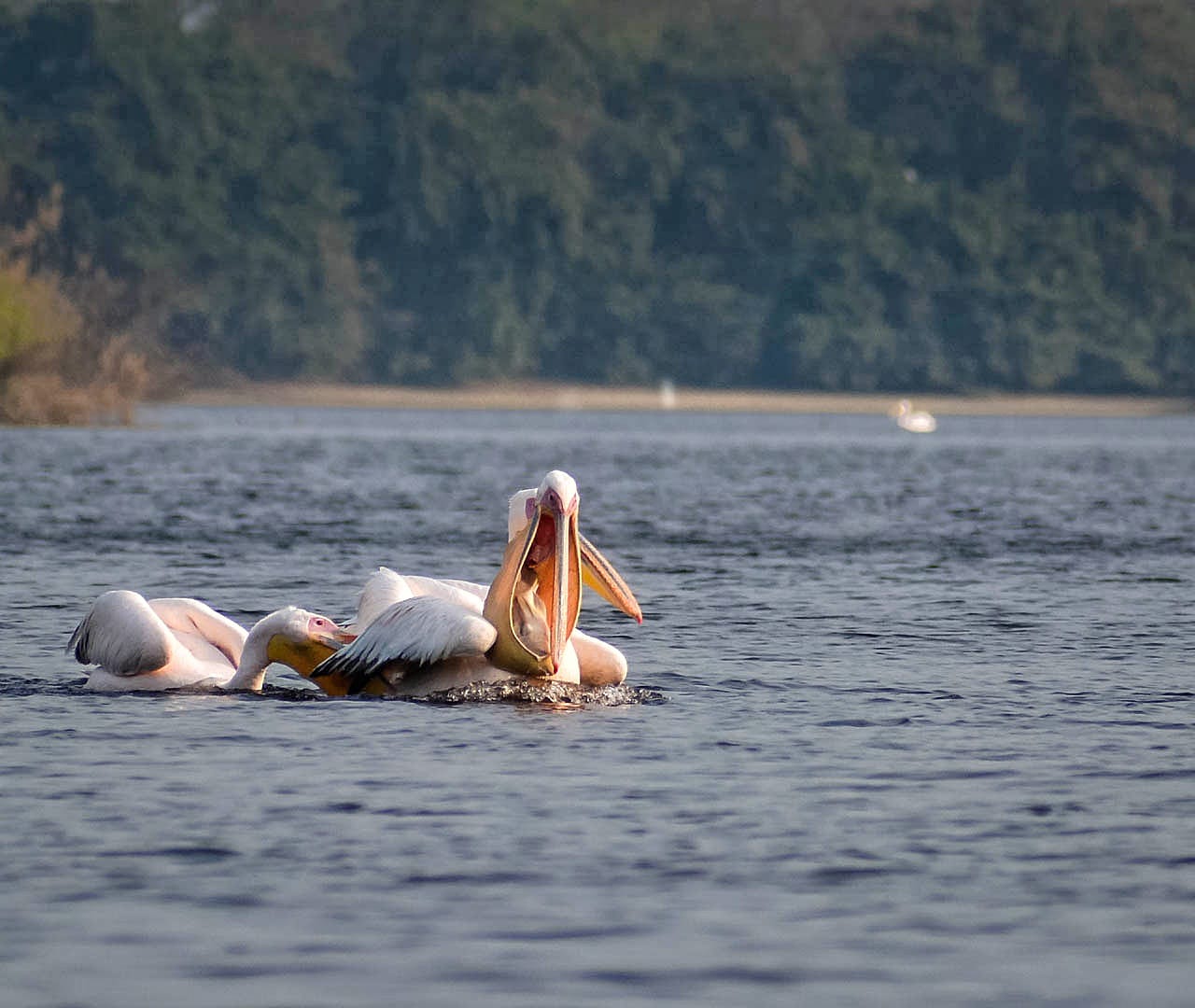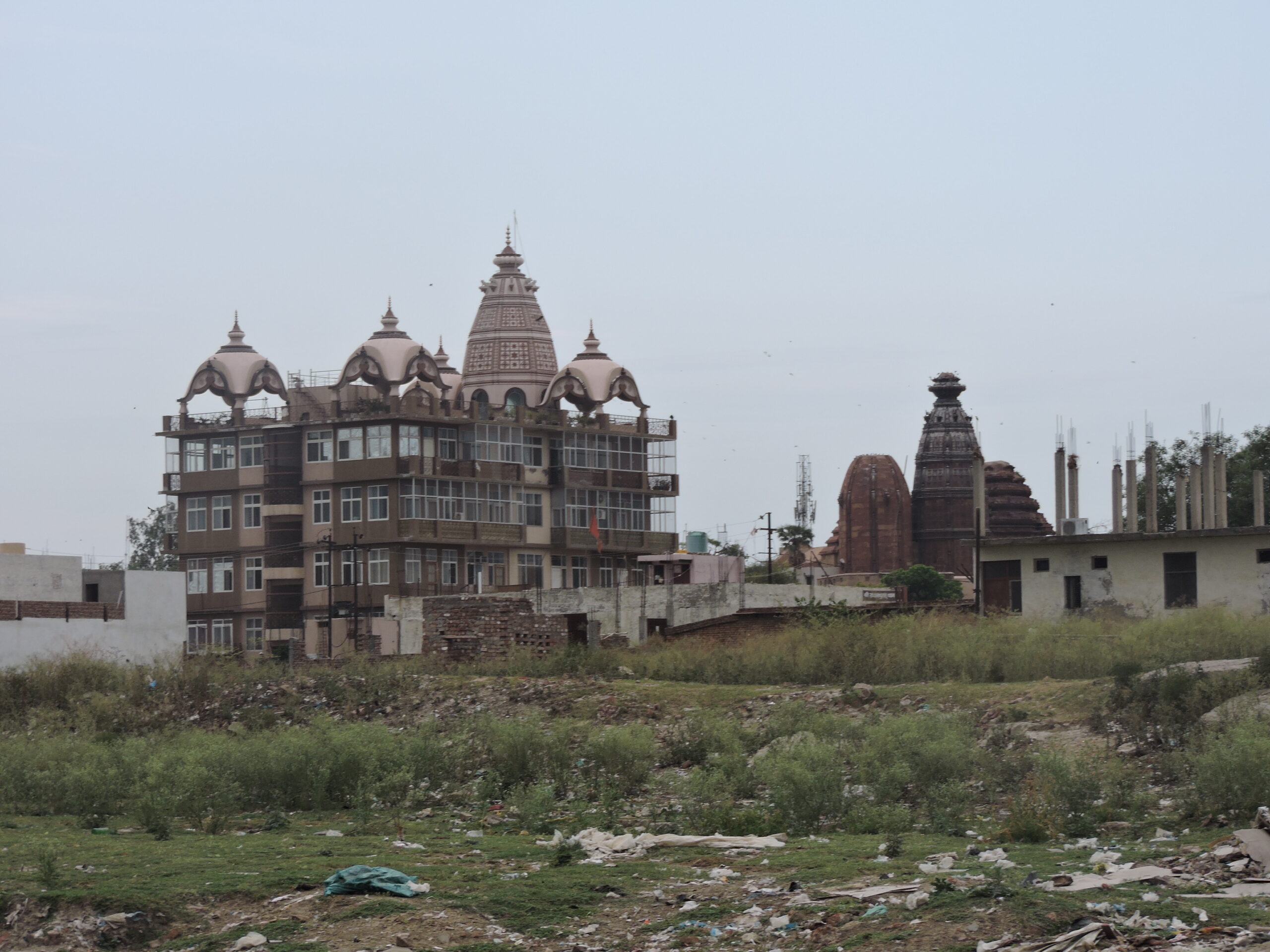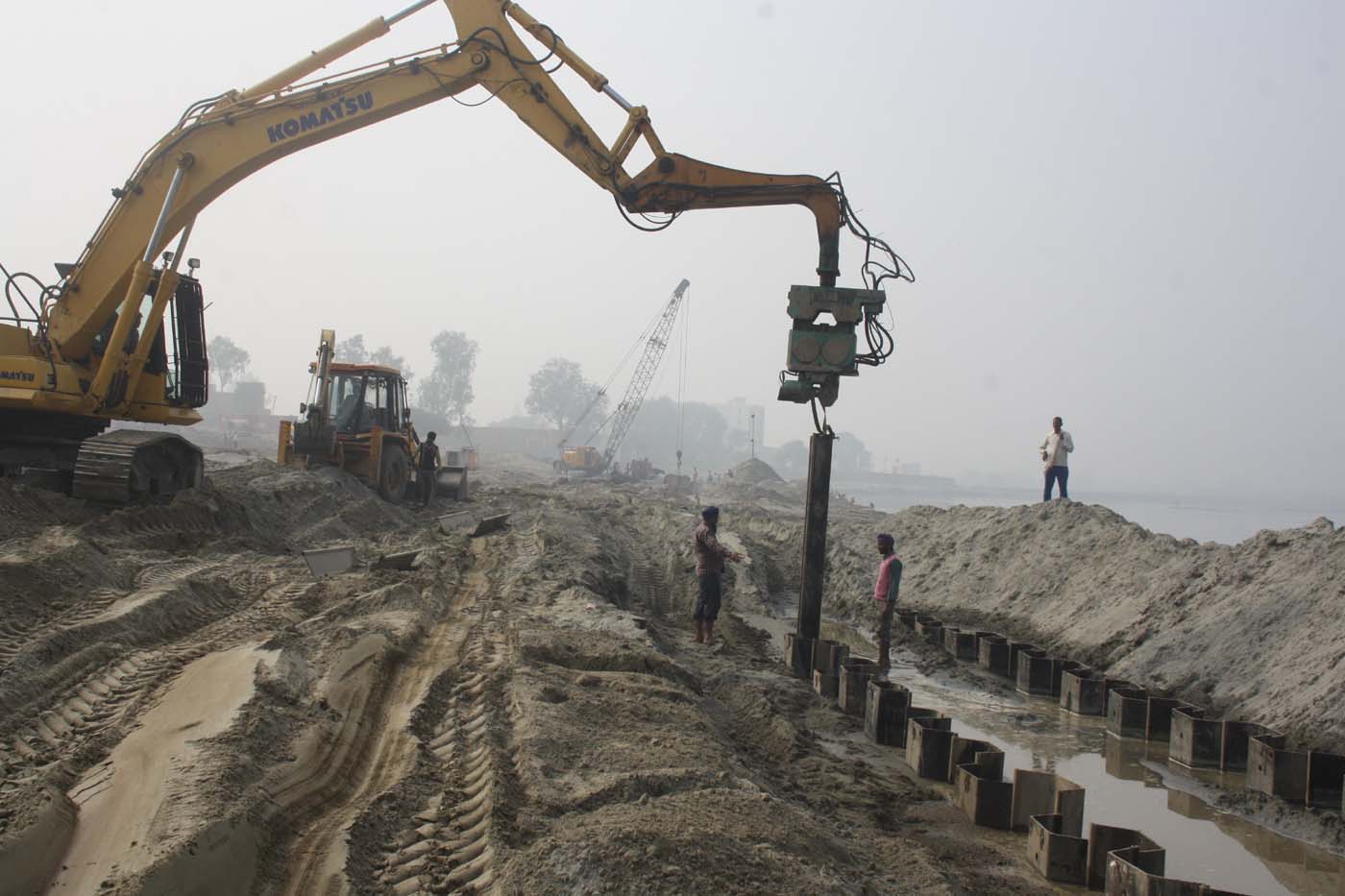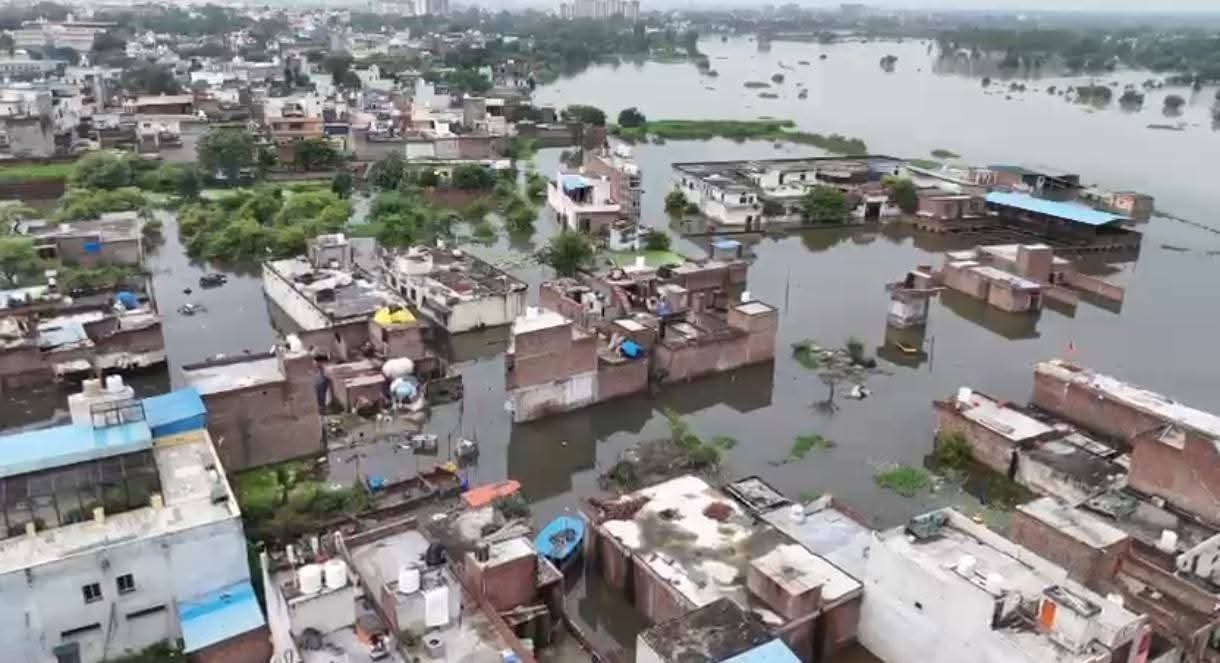- By Manali Deshpande
2022.04.13 (Vrindavan Today News): The Central Empowered Committee of the Supreme Court of India has recommended increasing the area of Sur Sarovar Bird Sanctuary. The Bird Sanctuary is spread over 403 hectares around the Keetham lake. The committee has recommended to double the area to 800 hectares. The proposed expansion has also been approved by UP State Government.
Four years ago, on 24th April 2018 National Chambal Sanctuary Project had issued a pre-Gazette notification on the proposed expansion of Sur Sarovar to 800 hectares. They had sought feedback from public on the proposal. Later on the notification was withdrawn by the State Government, which irked the local activists.
Dr. Sharad Gupta, an environment activist from Agra filed a petition in Supreme Court against the withdrawal of the notification. After hearing the plea of Dr. Gupta, the Apex Court had constituted a Central Empowerment Committee. This committee has recently recommended increasing the area of Sur Sarovar Bird Sanctuary to 800 hectares. This report was submitted to the Supreme Court, which sought a reply from UP State Govt. The State Goverment has agreed to increase the area as per the recommendations of Central Empowered Committee.
Sur Sarovar also known as Keetham lake is a man-made reservoir originally created to supply water to the city of Agra during summer. The wetland is located on Delhi Mathura highway in Agra district of Uttar Pradesh. The Wetland soon became an important and rich ecosystem.
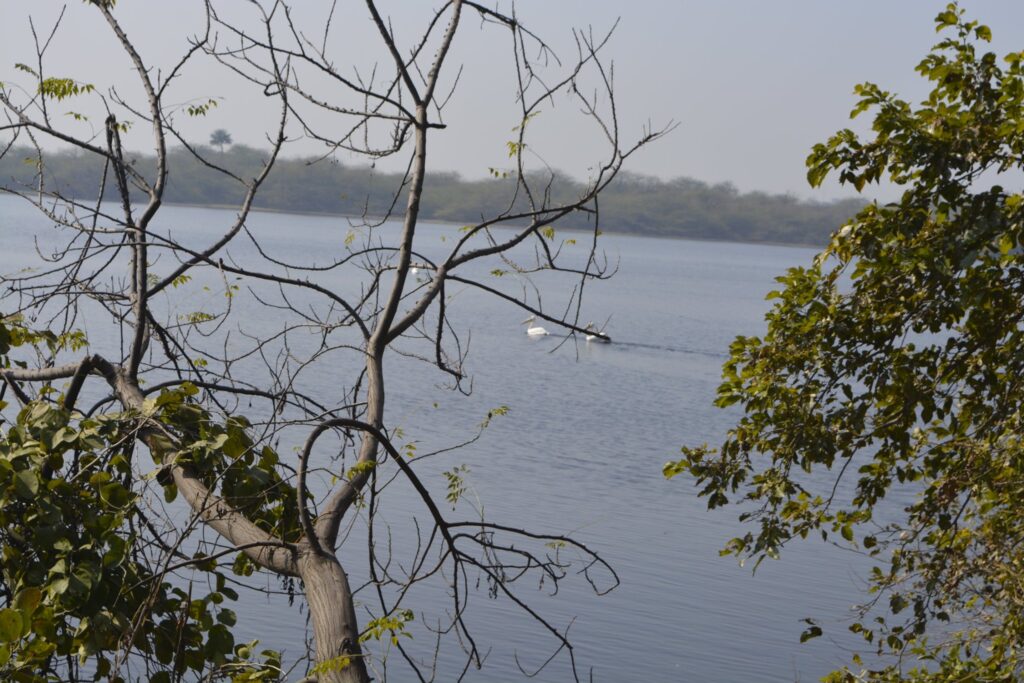
The Wetland is named after the famous poet Saint Surdas. It is believed to be a place where the poet Surdas was inspired to compose the “Bhakti-Kavya”, one of the finest pieces of devotional poetry ever written by him, based on Shri Krishna.
Sur Sarovar is a haven for birds that come here in multitudes from far and wide. Sur Sarovar was declared a Bird Sanctuary in 1971. This bird sanctuary covers an area of 7.97 sq. km. Within the sanctuary there is large lake covering area of 2.52 sq. km. with depth varying from 4 m to 8 m. Sur Sarovar is home to more than 165 species of migratory and resident birds.
UP Forest Department. has created wetland and developed the shallow areas making it a veritable haven for birds, increasing the number of nesting sites that increased the number of species. Besides supporting numerous resident and migratory birds the sanctuary has around 300 pythons. The lake in Sur Sarovar provides refuge to more than 60 species of fish. The threatened species of birds can be spotted here. Over 30000 water birds are known to visit the reservoir annually. The site is important for bird species which migrate on the Central
The Central Empowered Committee of the Supreme Court of India has recommended increasing the area of Sur Sarovar Bird Sanctuary. The Bird Sanctuary is spread over 403 hectares around the Keetham lake. The committee has recommended to double the area to 800 hectares. The proposed expansion has also been approved by UP State Government.
Four years ago, on 24th April 2018 National Chambal Sanctuary Project had issued a pre-Gazette notification on the proposed expansion of Sur Sarovar to 800 hectares. They had sought feedback from public on the proposal. Later on the notification was withdrawn by the State Government, which irked the local activists.
Dr. Sharad Gupta, an environment activist from Agra filed a petition in Supreme Court against the withdrawal of the notification. After hearing the plea of Dr. Gupta, the Apex Court had constituted a Central Empowerment Committee. This committee has recently recommended increasing the area of Sur Sarovar Bird Sanctuary to 800 hectares. This report was submitted to the Supreme Court, which sought a reply from UP State Govt. The State Goverment has agreed to increase the area as per the recommendations of Central Empowered Committee.
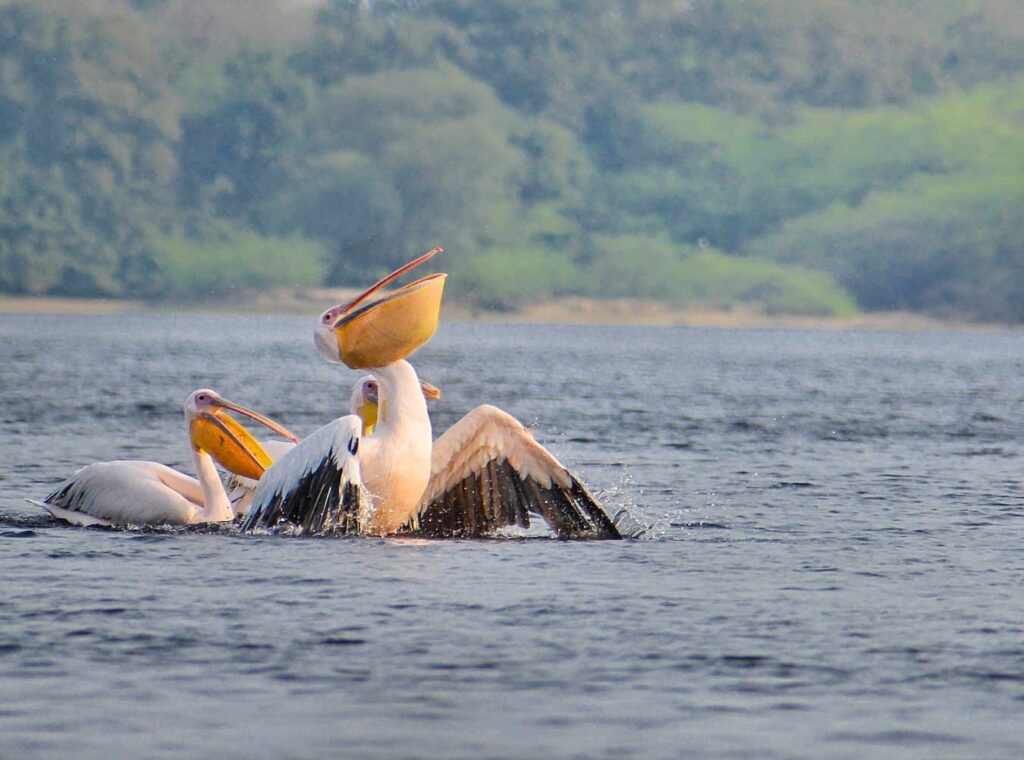
Sur Sarovar also known as Keetham lake is a man-made reservoir originally created to supply water to the city of Agra during summer. The wetland is located on Delhi Mathura highway in Agra district of Uttar Pradesh. The Wetland soon became an important and rich ecosystem.
The Wetland is named after the famous poet Saint Surdas. It is believed to be a place where the poet Surdas was inspired to compose the “Bhakti-Kavya”, one of the finest pieces of devotional poetry ever written by him, based on Shri Krishna.
Sur Sarovar is a haven for birds that come here in multitudes from far and wide. Sur Sarovar was declared a Bird Sanctuary in 1971. This bird sanctuary covers an area of 7.97 sq. km. Within the sanctuary there is large lake covering area of 2.52 sq. km. with depth varying from 4 m to 8 m. Sur Sarovar is home to more than 165 species of migratory and resident birds.
UP Forest Department. has created wetland and developed the shallow areas making it a veritable haven for birds, increasing the number of nesting sites that increased the number of species. Besides supporting numerous resident and migratory birds the sanctuary has around 300 pythons.
The lake in Sur Sarovar provides refuge to more than 60 species of fish. The threatened species of birds can be spotted here. Over 30000 water birds are known to visit the reservoir annually. The site is important for bird species which migrate on the Central Asian flyway. Dozens of species of birds of Central Asia and Siberia migrate to warmer tropical regions like India to escape harsh winter in their breeding ground.
Sur Sarovar bird sanctuary is listed as an important bird area and has been proposed to be declared as a Ramsar Site.
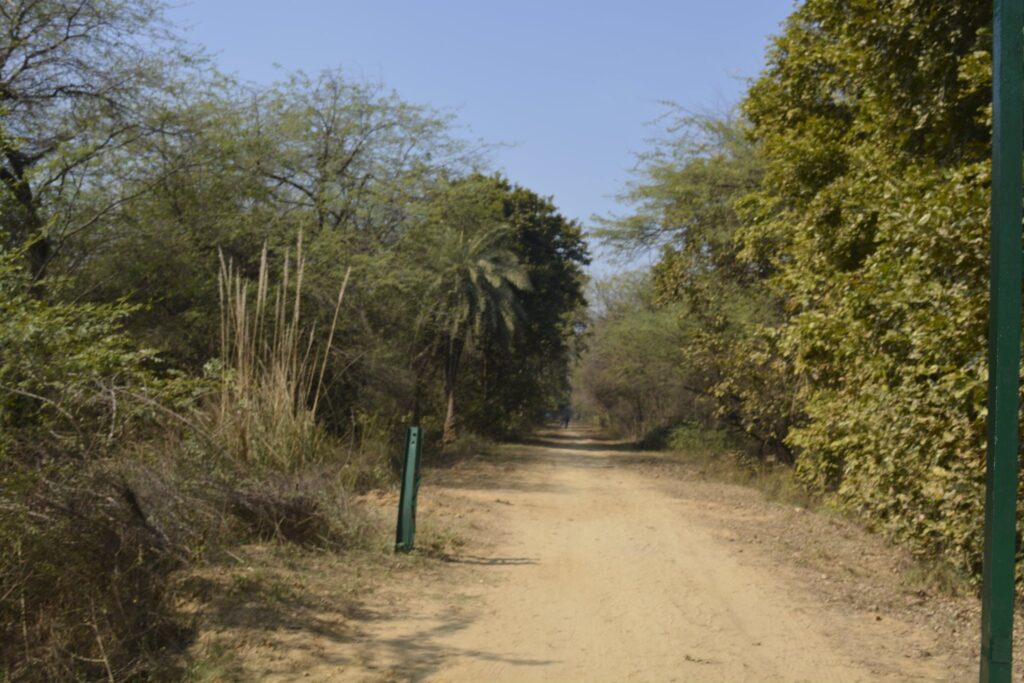
Significance of Ramsar Sites
The Ramsar convention, which came into existence in 1971, is an inter-governmental treaty. It provides the framework for national action and international co-operation for the conservation and wide use of wetlands and their resources. 160 countries have accepted the Ramsar Convention. Ramsar convention has strict specifications for a wetland to be designated as a Ramsar Site. It is matter of pride for a wetland to be declared as a Ramsar Site. Sur Sarovar meets the specifications for being classified as a Ramsar Site.
Currently India has a tally of 49 Ramsar Sites. Once Sur Sarovar is included in this prestigious list India will have the highest Ramsar Sites in South Asia.
At present, unsustainable tourism, invasive species, household and urban wastewater present significant threats to the site. The Ramsar tag would compel the authorities to strengthen the protection regime. It would also create defense against encroachment etc. on wetlands.


